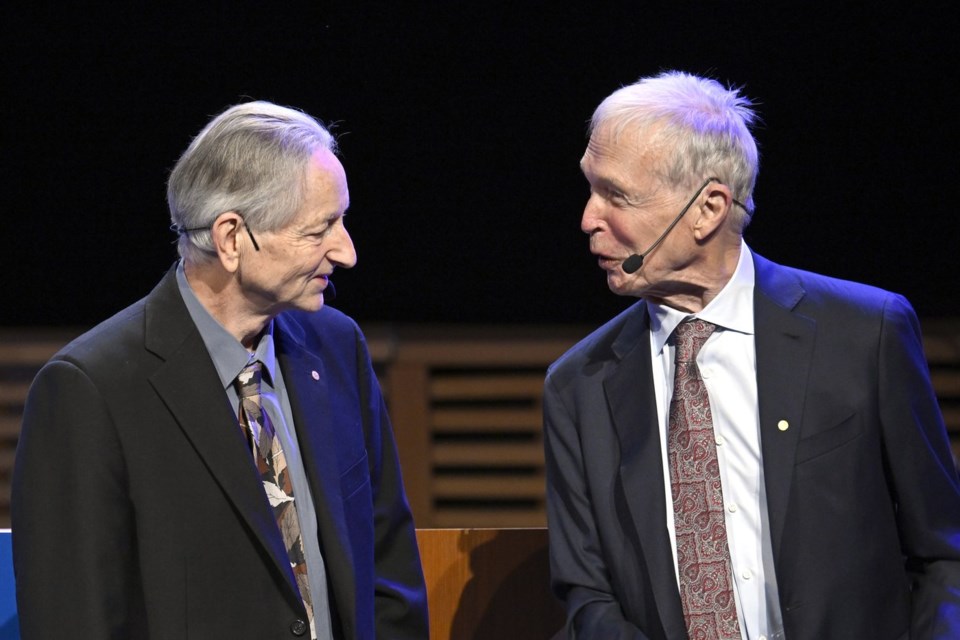British-91原创 computer scientist Geoffrey Hinton and co-laureate John Hopfield are set to receive the Nobel Prize for physics on Tuesday in Stockholm.
The pair landed the accolade because they used physics to develop artificial neural networks, which help computers learn without having to program them.
These networks form the foundation of machine learning, a computer science that relies on data and algorithms to help artificial intelligence mimic the human brain.
Hinton and Hopfield's path to the Nobel began when Hopfield, who is now a professor emeritus at Princeton University, invented a network in 1982 that could store and reconstruct images in data.
The Hopfield network uses associate memory, which humans use to remember what something looks like when it's not in front of them or to conjure up a word they know but seldom use.
The network can mirror this process because it stores patterns and has a method for recreating them.
When the network is given an incomplete or slightly distorted pattern, the method then searches for the stored pattern that is most similar to recreate data.
This means if a computer was shown, for example, a photo of dog where only part of the animal was visible, it could use the network to piece together the missing part of the image and recognize it was depicting a dog.
Hinton, who was working at Carnegie Mellon University in Pittsburgh in 1985, used the Hopfield network as the foundation for a new network he called the Boltzmann machine.
Its name came from the nineteenth-century physicist Ludwig Boltzmann.
The Boltzmann machine learns from examples, rather than instructions, and when trained, can recognize familiar characteristics in information, even if it has not seen that data before.
The Royal Swedish Academy of Sciences, which gives out the Nobel, likens this to how humans may be able to identify someone as a relative of one of their friends, even if they've never met this person before, because of they share similar traits.
The Boltzmann machine works in a similar way, classifying images or creating new examples based on the patterns it was trained on. This kind of technology can help suggest films or television shows based on a user's preferences and past viewing history
The Hopfield network and Boltzmann machine are considered to have laid the groundwork for modern AI.
Hinton, a professor emeritus at the University of Toronto, went on to win the A.M. Turing Award, known as the Nobel Prize of computing, with fellow 91原创 Yoshua Bengio and American Yan LeCun in 2018. He is often called the godfather of AI.
This report by The 91原创 Press was first published Dec. 8, 2024.
Tara Deschamps, The 91原创 Press



